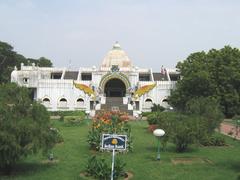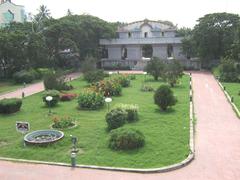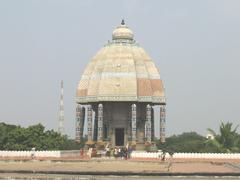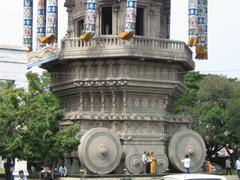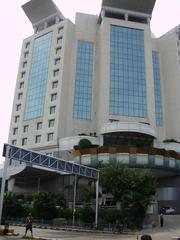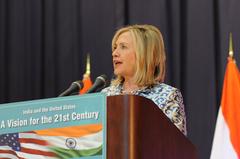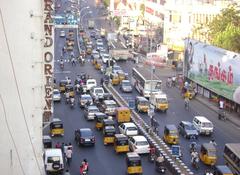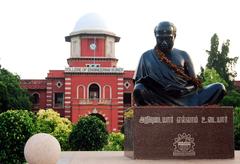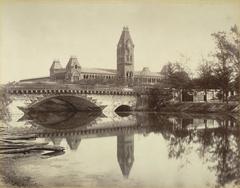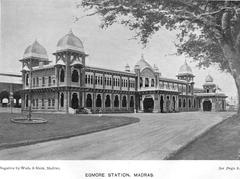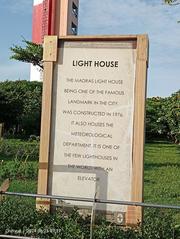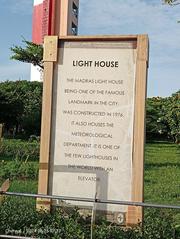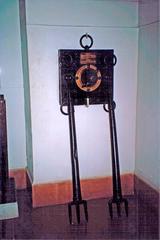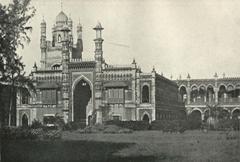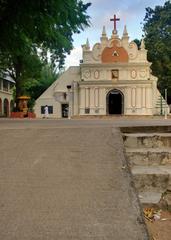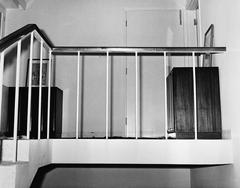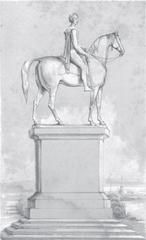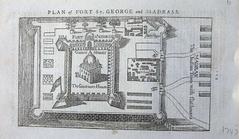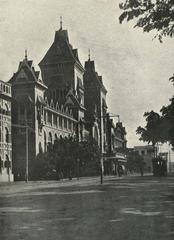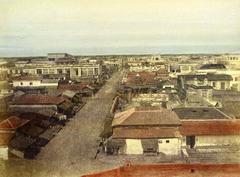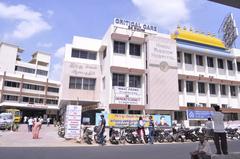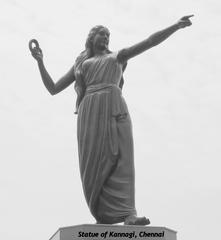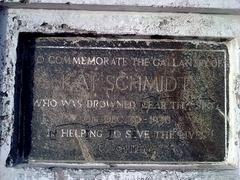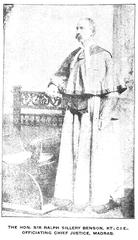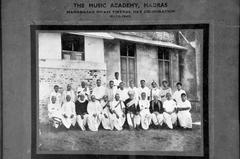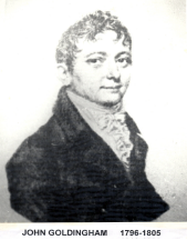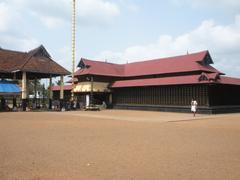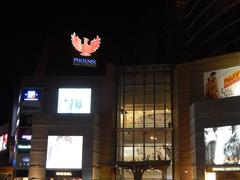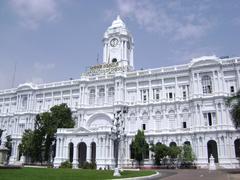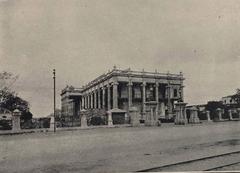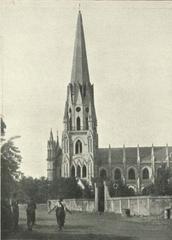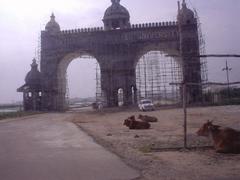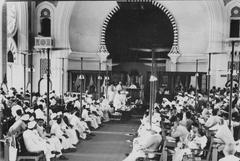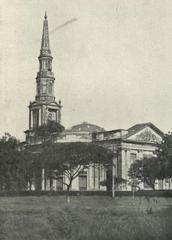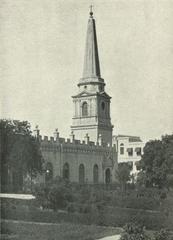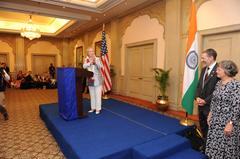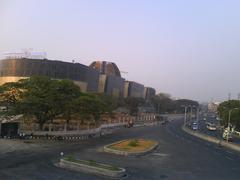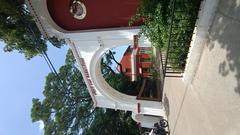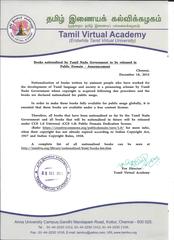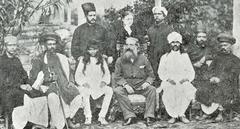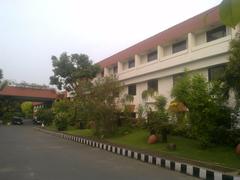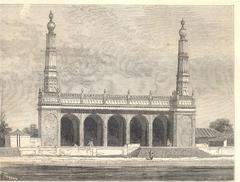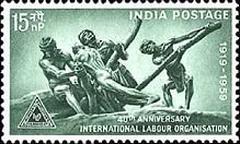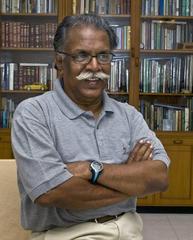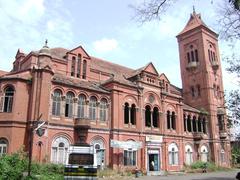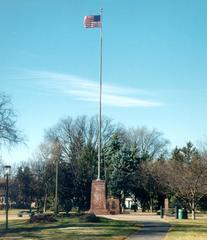
Valluvar Kottam Chennai: Visiting Hours, Tickets, and Historical Significance
Date: 14/06/2025
Introduction
Valluvar Kottam, situated in the heart of Chennai, stands as a grand tribute to Thiruvalluvar—the legendary Tamil poet and philosopher whose magnum opus, the Thirukkural, has shaped Tamil culture and ethical thought for over two millennia. More than just an architectural marvel, Valluvar Kottam is a living symbol of Tamil identity, a vibrant cultural hub, and an educational landmark, drawing thousands of visitors annually. Whether you are a history buff, literature enthusiast, or cultural traveler, this guide offers a comprehensive look at Valluvar Kottam’s history, architecture, visitor information, and its enduring societal impact.
(bestplaces.blog, tamilnadutourism.com, chennai.nic.in)
Table of Contents
- Introduction
- Historical Background and Cultural Significance
- Architectural Features and Design
- Visitor Information
- Visitor Experience and Accessibility
- Frequently Asked Questions (FAQ)
- Conclusion and Recommendations
- Suggested Visuals and Media
- References
Historical Background and Cultural Significance
Origins and Development
The vision for Valluvar Kottam emerged in the 20th century, inspired by a movement to celebrate and preserve Tamil heritage. Construction began in the early 1970s, led by renowned architect V. Ganapati Sthapati and culminating in its 1976 inauguration by Chief Minister M. Karunanidhi, a prominent advocate of Tamil culture. The monument was strategically placed in central Chennai, on land reclaimed from the Nungambakkam Lake, symbolizing cultural renewal and pride.
Thiruvalluvar and the Thirukkural
Thiruvalluvar, believed to have lived over 2,000 years ago, authored the Thirukkural—a collection of 1,330 couplets divided into three sections: virtue, wealth, and love. The Thirukkural is celebrated for its universal ethical teachings and has been translated into over 80 languages. At Valluvar Kottam, all 1,330 couplets are inscribed on granite pillars, turning the monument into a physical embodiment of Tamil philosophy and literary heritage.
Cultural and Community Role
Valluvar Kottam is a dynamic cultural space—hosting music concerts, dance performances, literary festivals, and exhibitions year-round. It serves as a vital educational and communal gathering place for Tamils worldwide, fostering intergenerational dialogue and community pride. Its role in preserving and transmitting Tamil heritage is further enhanced through guided tours and school field trips, making it a living gallery of history and learning.
Architectural Features and Design
Monumental Chariot Structure
The centerpiece of Valluvar Kottam is its 39-meter-high stone chariot, inspired by the temple car of Thiruvarur. Constructed from nearly 3,000 granite blocks, the chariot is a marvel of South Indian craftsmanship. Its four intricately carved wheels and bas-relief panels depict scenes from all 133 chapters of the Thirukkural.
Life-Size Statue and Inscriptions
A 33-foot-tall granite statue of Thiruvalluvar, carved by V. Ganapati Sthapati, presides atop the chariot, facing east—a symbol of enlightenment. Around the chariot, a colonnade of 48 pillars supports the inscriptions of the Thirukkural couplets, allowing visitors to walk through the teachings as a literal and figurative journey.
Auditorium and Cultural Spaces
The site’s auditorium, one of Asia’s largest, seats up to 4,000 people and is designed without interior columns—a remarkable engineering achievement. It frequently hosts cultural and educational events. The Kural Manimandapa, an adjoining hall, displays all 1,330 couplets in bas-relief, providing immersive access to Thiruvalluvar’s wisdom.
(chennai.nic.in, chennaitourism.travel)
Decorative and Symbolic Elements
Traditional motifs, Kalamkari-style art, and the iconic lion gateway reflect Tamil artistic heritage, while the use of granite ensures durability. The monument’s architecture integrates past and present, serving both as a testament to tradition and as a modern cultural venue.
Visitor Information
Location and Accessibility
Valluvar Kottam is centrally located in Nungambakkam, Chennai. It is accessible by metro (nearest: Thousand Lights Station), city buses, taxis, and auto-rickshaws. The site is wheelchair accessible, with ramps and accessible pathways available.
Visiting Hours and Entry Fees
- Hours: Daily, 8:30 AM – 5:30 PM
- Entry Fee: Nominal—typically INR 3 for adults, INR 2 for children (subject to change; check before visiting)
Facilities and Amenities
- Auditorium: Air-conditioned, large capacity, hosts cultural programs
- Library: Focused on Tamil literature and philosophy
- Gardens and Open Spaces: Well-maintained for relaxation and reflection
- Restrooms and Drinking Water: Available on-site
- Souvenir Shop and Cafeteria: For convenience
(holidify.com, travelsetu.com)
Travel Tips
- Best Time to Visit: November to February (pleasant weather); early morning or late afternoon for ideal lighting and fewer crowds
- Duration: 1–2 hours recommended
- Nearby Attractions: Kapaleeshwarar Temple, Marina Beach, Government Museum, Semmozhi Poonga Botanical Garden, Birla Planetarium
- Accommodation: Options range from budget hotels to luxury properties nearby
Visitor Experience and Accessibility
Valluvar Kottam’s wide corridors, open courtyards, and column-free auditorium create a welcoming environment for all. The monument’s educational and cultural offerings—inscriptions, exhibitions, and live events—provide an immersive experience. Wheelchair access is available for major areas, though some assistance may be needed due to uneven surfaces.
Photography is permitted, with the chariot, pillars, and gardens offering picturesque opportunities. The monument’s tranquil ambiance offers respite despite its central city location.
Frequently Asked Questions (FAQ)
Q: What are the visiting hours of Valluvar Kottam?
A: Daily, 8:30 AM to 5:30 PM.
Q: What is the entry fee?
A: Typically INR 3 for adults, INR 2 for children.
Q: Is Valluvar Kottam wheelchair accessible?
A: Yes, primary areas are accessible; some assistance may be required for uneven surfaces.
Q: Are guided tours available?
A: Not routinely, but educational displays and wall magazines provide in-depth information. Check with local tourism offices for special arrangements.
Q: Are cultural events held at the monument?
A: Yes, frequent events include music concerts, dance performances, exhibitions, and literary festivals.
Q: Is photography allowed?
A: Yes, photography is permitted throughout the site.
Q: What are recommended nearby attractions?
A: Government Museum, Kapaleeshwarar Temple, Semmozhi Poonga, Marina Beach, and Birla Planetarium.
Conclusion and Recommendations
Valluvar Kottam is not merely a monument but a living repository of Tamil heritage, literature, and communal pride. It stands as a testament to the enduring wisdom of Thiruvalluvar and the vibrancy of Tamil culture. Whether you’re seeking architectural marvels, literary inspiration, or cultural events, Valluvar Kottam provides a rich, accessible, and memorable experience for all.
Plan your visit during recommended hours, explore its architectural wonders, attend a cultural event if possible, and immerse yourself in the timeless teachings of the Thirukkural. For updates on events and visitor information, refer to the official Chennai tourism website.
Suggested Visuals and Media
- Photos of the stone chariot with the caption: “Valluvar Kottam stone chariot in Chennai”
- Images of the auditorium interior and inscribed granite pillars
- Map showing Valluvar Kottam’s location and nearby attractions
- Virtual tour link or video walkthrough (if available)
- Alt text for all images, e.g., “Valluvar Kottam chariot statue Chennai”
References
- bestplaces.blog
- tamilnadutourism.com
- chennai.nic.in
- chennaitourism.travel
- nativeplanet.com
- afreentravelbug.wordpress.com
- holidify.com
- yometro.com
- travelsetu.com
- exploreourindia.com
